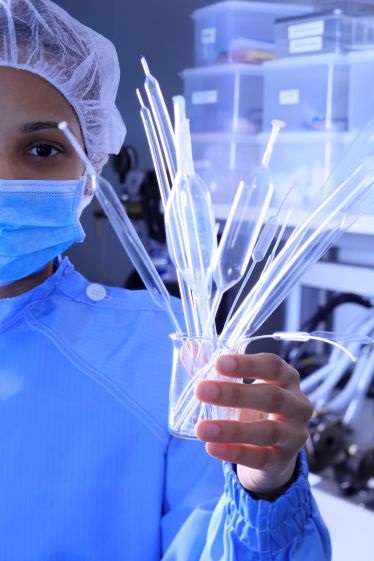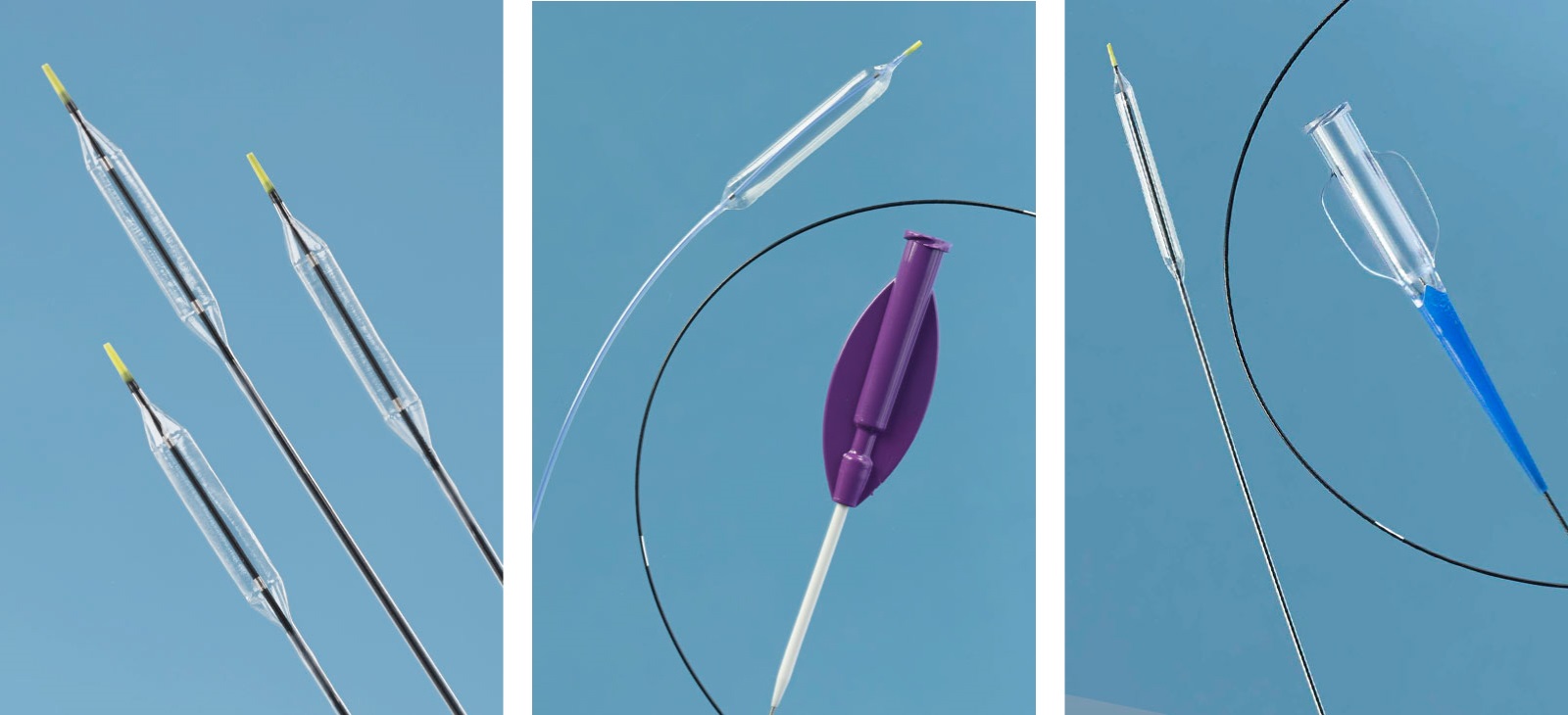In the ever-evolving landscape of medical technology, one innovation has consistently proven to be a game-changer in the field of minimally invasive procedures – medical balloons. These seemingly simple devices have revolutionized how doctors approach and perform various medical procedures, making surgeries safer, quicker, and less painful for patients. In this blog post, we will delve into the world of medical balloons, exploring their unique characteristics, applications, and the pivotal role they play in today’s healthcare industry.
Understanding Medical Balloons
As the name suggests, medical balloons are balloon-like devices used in various medical procedures. They are typically made from biocompatible materials that comply with USP Class VI standards, ensuring their safety for use inside the human body. The key feature of medical balloons is their ultra-thin wall tubing, which allows them to be inflated and deflated as needed during a procedure.
The wall thickness of these balloons can go down to as thin as 0.001″, and they can maintain a high degree of concentricity, often greater than 90%. This precision in manufacturing ensures that the balloons can provide reliable performance during critical medical procedures.
Medical balloons exist in a range of forms and sizes, each with its own purpose. For instance, long, narrow balloons may be used in procedures involving the blood vessels, while larger, more robust balloons may be used in procedures involving the gastrointestinal tract. The ability to customize the design of the balloon based on the requirements of the procedure is a significant advantage in the field of minimally invasive surgery.
The Role of Medical Balloons in Minimally Invasive Procedures
Medical balloons have found use in a variety of less invasive procedures. Their primary function is to create a pathway or open up a space within the body, allowing doctors to perform procedures without the need for large incisions or invasive surgery.
Angioplasty, a treatment meant to enlarge blocked or restricted blood arteries, is one of the most popular applications of medical balloons. A tiny balloon is introduced in the circulatory vessel before being inflated to expand the vessel and enhance blood flow in this technique. The balloon will be deflated and withdrawn once the surgery is finished.
Endoscopy, a technique that allows clinicians to observe the tissues within the human body using a flexible tube holding camera and a light attached, also uses medical balloons.
In addition to these applications, medical balloons are used in various other procedures, including stent placement, dilation of bodily passages, and even in the treatment of certain types of cancer.
The Advantages of Using Medical Balloons
The use of medical balloons in minimally invasive procedures offers several significant advantages. First and foremost, these procedures are typically less painful than traditional surgeries, as they require smaller incisions. This leads to less scarring and a shorter recovery time for patients.
Furthermore, the use of medical balloons allows for a high degree of precision in medical procedures. The ability to inflate and deflate the balloon as needed gives doctors a high level of control, allowing them to perform procedures with great accuracy.
Finally, medical balloons are highly reliable. Their high burst pressure and tolerance ensure they can withstand various medical procedures’ demands without failing.
Innovation in Medical Balloons
The field of medical balloons is one of constant innovation. As medical procedures become more complex and demanding, the need for advanced and reliable medical balloons continues to grow.
One area of innovation is in the manufacturing of balloons that have particular coatings. For example, hydrophilic coatings can be applied to the balloon’s surface to reduce friction, allowing the balloon to navigate more easily through the body. Anti-microbial coatings are yet another development that offers an additional barrier to disease protection.
Another exciting development is the use of dual and tri-layer balloon tubing. These designs allow for the creation of balloons with different characteristics on the inside and outside layers. For instance, the inner layer could be designed for strength and durability, while the outer layer could be designed for flexibility and maneuverability.

Medical Balloons and the Future of Minimally Invasive Procedures
As we look to the future, it’s clear that medical balloons will continue to play a critical role in the evolution of minimally invasive procedures. With ongoing advancements in material science and engineering, we can expect to see even more innovative and effective medical balloons coming to the market.
One area of possible expansion is the use of smart materials in the creation of medical balloons. These materials may change their properties in reaction to changes in their surroundings, opening up novel design and function options for medical balloons.
Another exciting prospect is the integration of medical balloons with other technologies, such as imaging and sensing devices. This could allow for the development of ‘smart’ medical balloons that can provide real-time feedback during a procedure, further enhancing the precision and safety of minimally invasive procedures.
The Role of DTC in Advancing Medical Balloons
At Dutch Technology Catheters (DTC), we take pride in leading the way in the medical balloons industry. Our unwavering commitment to pioneering advancements and maintaining high standards has enabled us to develop a range of medical balloons that are relied upon by medical professionals globally.
Our medical balloons are designed with the needs of the modern healthcare industry in mind. From our ultra-thin wall balloon tubing to our high and reliable burst-pressure designs, we strive to provide products that meet the rigorous demands of today’s medical procedures.
But we’re not just about providing high-quality products. We’re also committed to pushing the boundaries of what’s possible in the field of medical balloons. Through our ongoing research and development efforts, we aim to bring new and innovative medical balloon solutions to the market, helping to shape the future of minimally invasive procedures.
Conclusion:
Medical balloons are not just a component but a critical cornerstone in the realm of minimally invasive procedures. Their unique properties, coupled with the continuous innovation in their design and material, make them an indispensable tool in modern medicine. As we move forward, the role of medical balloons is set to become even more significant, with advancements in technology paving the way for ‘smart’ balloons and other exciting developments.
At Dutch Technology Catheters (DTC), we are proud to be part of this journey, contributing to the evolution of healthcare with our high-quality, innovative medical balloon solutions. As we continue to explore, we look forward to playing an even bigger role in shaping the future of minimally invasive procedures.
















